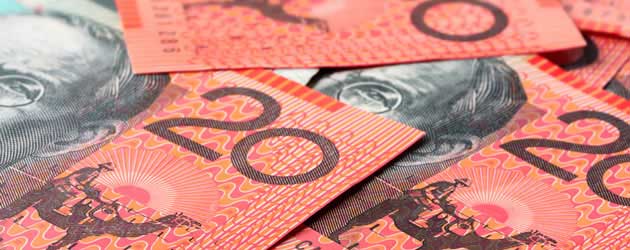
Earlier this morning the Pound to Australian Dollar exchange rate (GBP/AUD) struck a monthly high of 1.4830 as the AiG Performance of Construction Index slumped to a soft score of 39.0 in March. The downbeat data release allowed Sterling to add to its 2-cent gains from Friday, when the US Non-farm Payroll report for March showed a much weaker labour market than many had predicted.
During February the US economy added a staggering 268,000 new employees to the payroll, which boosted prospects for the world’s largest economy. However, this optimism proved short-lived as the latest report came in less-than-half-as-high as analysts had predicted. Compared to predictions of 190,000, the US Change in Non-farm Payrolls index for March printed at a tepid 88,000.
Mohamed El-Erian of Pacific Investment Management Company suggested that, amongst other things, the recent failure of US politicians to come up with a solution to the $85 billion ‘sequester’ of spending cuts had influenced the underwhelming print:
“The report will fuel concerns about another spring swoon for the economy, the adverse impact of Congressional dysfunction, and more generally, the weak underlying dynamism of the economy”.
The 9-month low employment figure led to a complete collapse of risk appetite, and the risk-sensitive Australian Dollar was suitably punished against the ‘safe haven’ Pound.
Sterling also performed admirably well against the other commodity-currencies, rallying by 1.5 cents against the New Zealand Dollar to reach a 2-week high of 1.8278 (GBP/NZD) and by 2.3 cents against the Canadian Dollar to hit a 1.5-month high of 1.5682 (GBP/CAD).
The Pound to US Dollar exchange rate (GBP/USD) struck a 1.5-month high of 1.5364 in response to the Non-farm print, but for a different reason. The extremely soft labour market figure damaged demand for the ‘Greenback’ because it was seen to push back the day that the Federal Reserve will pull the plug on its expansive $85 billion a month quantitative easing scheme. Indeed, Marcus Bullus of MB Capital said:
“The US economy just hit a major speed bump. The recent discussion about the Fed backing off from its quantitative easing has been premature”.
The process of printing electronic money weakens the US Dollar because it reduces the yield on government bonds, and widens the money supply.
The ‘Aussie’ came under fresh pressure against the Pound as the AiG Construction Index slid by -6.6 points to a score of 39.0 for March. The report signaled the 34th consecutive month of decline in the Australian Construction Sector as indexes for New Orders, Deliveries, and Activity all contracted steeply. AiG said that:
“Businesses cited tight credit conditions, project delays and weak investor sentiment as key dampening influences on activity”.
Some economists interpreted the prolonged period of contraction to suggest that further stimulus is needed from the Reserve Bank of Australia to support growth. Harley Dale of HIA said: “The Australian economy cant’ afford policy makers to be found wanting”.

Comments are closed.